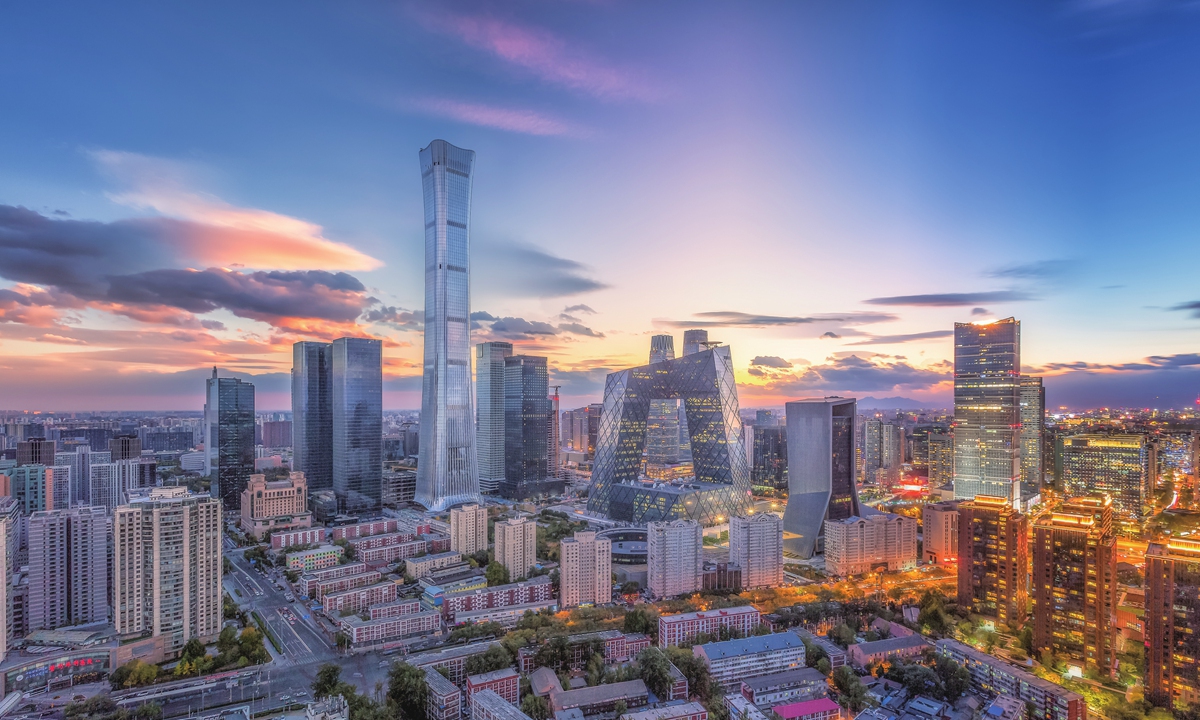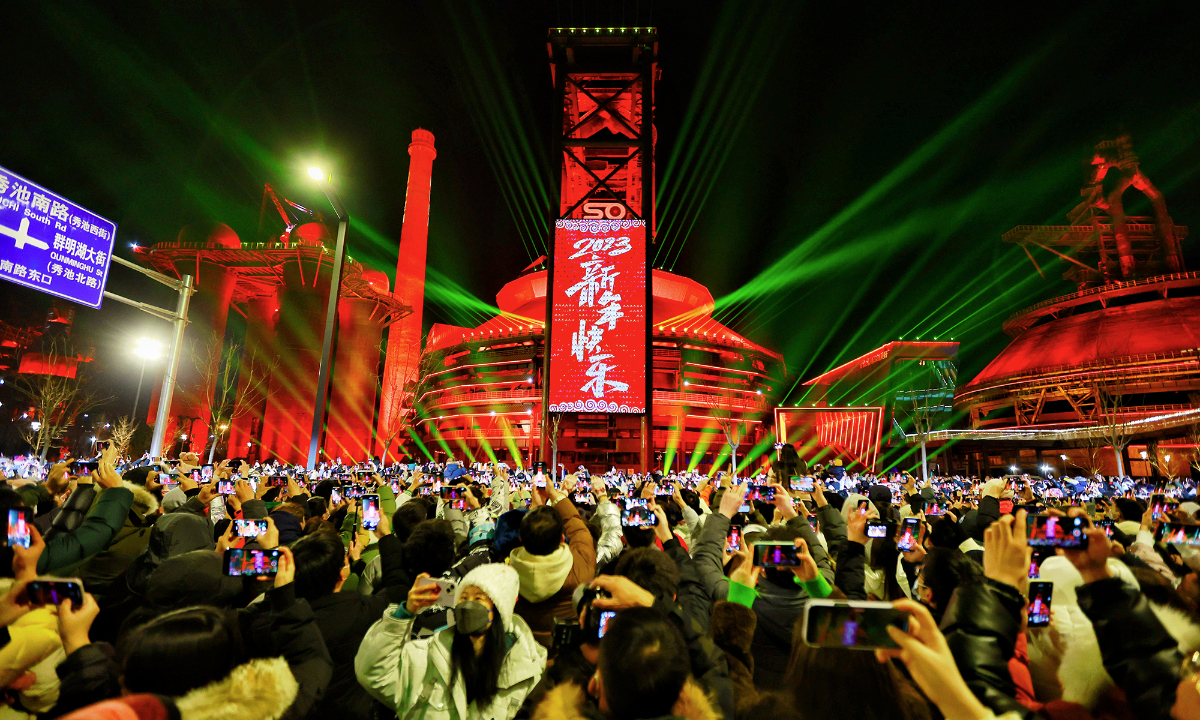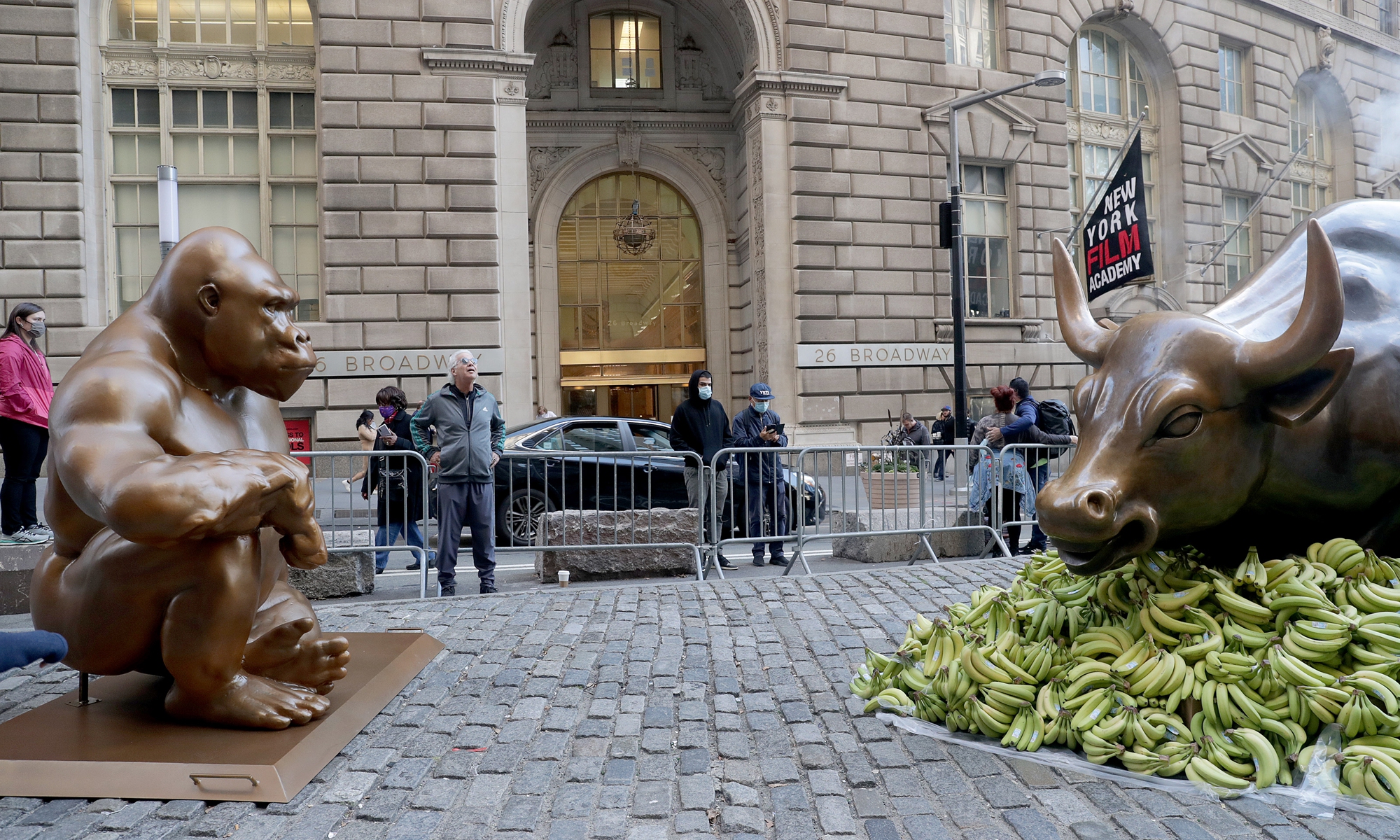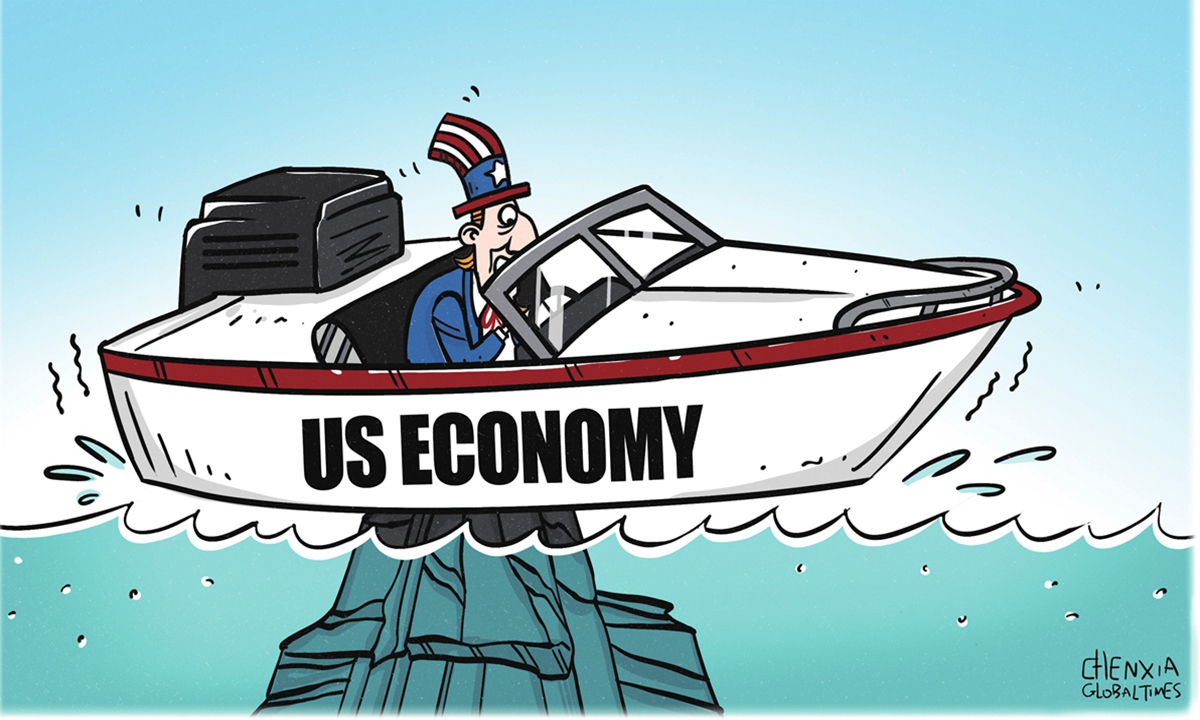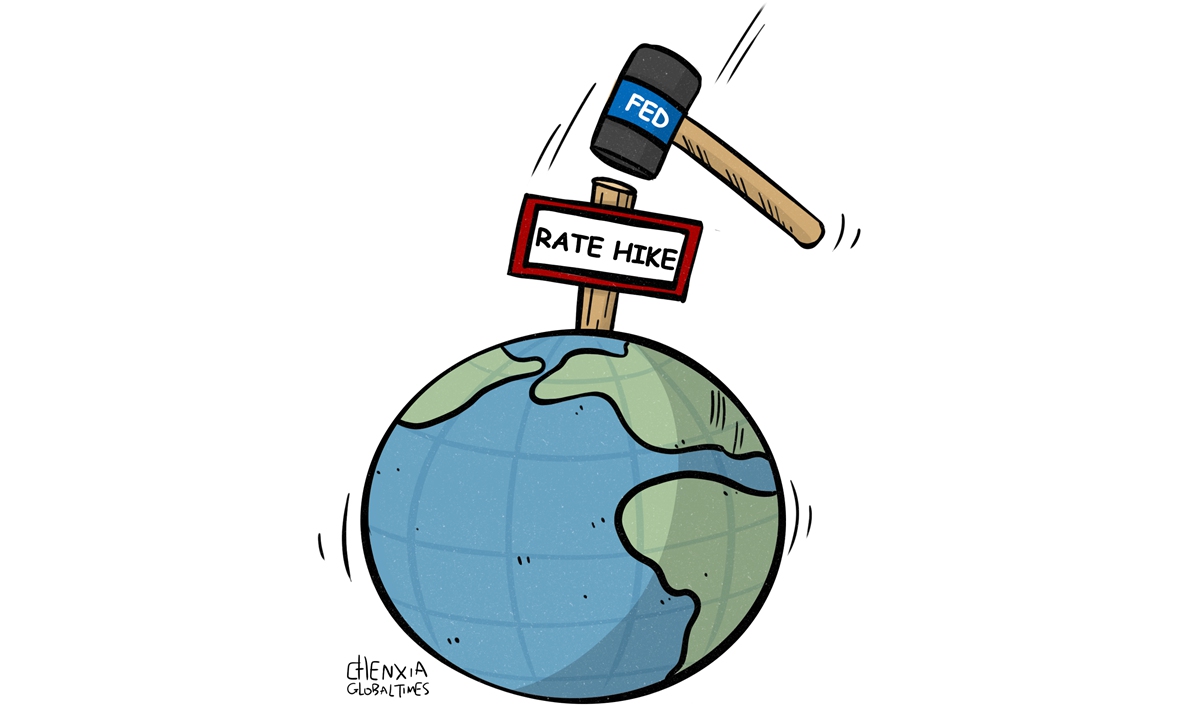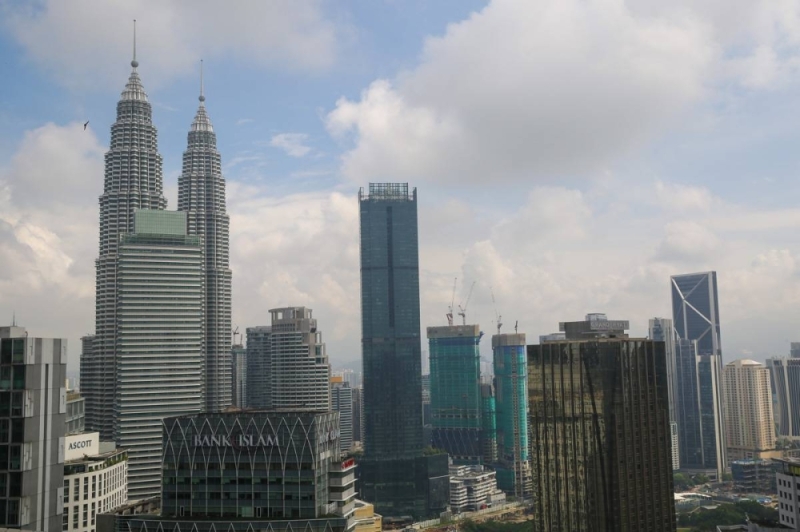https://mystar.pressreader.com/article/281479280535637
This Chinese New Year-inspired bucket list involves travelling the world to see sculptures or statues of all the 12 characters of the Chinese zodiac.
THE Chinese zodiac is represented by 12 characters. In order, the characters are: Rat, Ox, Tiger, Rabbit, Dragon, Snake, Horse, Goat, Monkey, Rooster, Dog and Pig. On the first day of the Lunar New Year (also known as Chinese New Year here), which typically falls between late January and February, the new Chinese zodiac year begins. Today is the last day of the year for the Water Tiger; the Water Rabbit will begin its cycle tomorrow. The Chinese zodiac predates China’s Qin Dynasty (221–207BC), and the cycle of the 12 creatures was established before or during the Eastern Han Dynasty, according to ancient documents found years ago. Each zodiac character or animal (obviously, the dragon isn’t an animal but many centuries ago, people believed in its existence on Earth) has its own unique traits. These traits are then said to be an indication of what the year will be like. For example, the rabbit is the symbol of longevity, peace, and prosperity in Chinese culture, so 2023 is predicted to be a year of hope for many. Of course, there is no real science behind all these narratives, so many people don’t really believe in the predictions, or just take them with a pinch of salt. By now, you have probably seen a handful of stories which recommend destinations you should travel to in 2023 based on your Chinese zodiac sign. Do remember that most of these are just articles written in jest, and should not be taken too seriously. However, if you do wish to add some elements of the Chinese zodiac into your travel, here are some places around the world you can visit that feature sculptures or statues of the animals.RABBIT
Locations: Japan (Miyazaki and Kyoto), Wales (Lland-udno), Germany (Friedrichshafen)
The Rabbit is the fourth animal in the Chinese zodiac and this year is its time to shine. In Friedrichshafen, a city in south Germany, there is a fountain featuring bronze sculptures of animals created by German sculptor Gernot Rumpf.
The fountain, Buchhornbrunnen, is said to be one of the city’s main tourist attractions, alongside the Zeppelin airship, which was founded there. The sculptures around the fountain feature funny-looking animals, including the water-spouting female bunny (pic) with a braid. It is said that Rumpf commonly adds braids to his sculptures of female animals. In Japan, there are several locations in which you can find rabbit statues. In Miyazaki Prefecture on Kyushu island, there is a stone rabbit statue in the Udo Shrine, which is located in the Nichinan coast. Don’t be surprised to find many coins scattered around the statue as most visitors will place them there. They will also touch or rub the rabbit’s head, as they believe that this will bring them good luck. Meanwhile, in Kyoto there is a pair of black and white rabbit statues located within the Okazaki Shrine. Visitors who come here, especially those wishing to conceive, will splash the black rabbit’s tummy with water for good luck. In northern Wales, there is a town called Llandudno where you can find a huge wooden statue of a rabbit. It is actually the White Rabbit from Alice In Wonderland, Lewis Carroll’s famous novel. It is said that Carroll (whose real name was Charles Dodgson) based the “Alice” character on a real-life girl named Alice Liddell. The Dodgsons and Liddells were close family friends, so one summer, Charles reportedly joined Alice and her family to their summer holiday home in Llandudno. It is speculated that Charles was inspired by Alice and her many adventures in Llandudno. Even though there are no official documents to prove this, the White Rabbit statue was put up by the local council in 1933 to support this speculation. Visitors can also find other statues and Alice In Wonderlandthemed trails in town.RAT
Location: Malaysia (Penang) Located in Ayer Itam, Penang, the Kek Lok Si Temple is the largest Buddhist temple in Malaysia. The temple is a significant place of pilgrimage for Buddhists here, as well as those from neighbouring countries including Singapore, Thailand, Hong Kong and the Philippines. The complete temple complex was constructed between 1890 and 1930 thanks to an idea from the abbot at the time, Beow Lean. Somewhere in the temple grounds, you can find a large statue of the Rat, which actually looks kind of cute.OX
Location: Hong Kong In Hong Kong, the Wong Tai Sin Temple is not just a well-known Taoist temple but a popular tourist attraction too. It honours Wong Tai Sin, a Taoist deity known in several regions including Hong Kong as a great healer. The temple receives millions of worshippers and visitors each year as supposedly it is the best place to go to get your wishes and prayers granted, through the ancient practice of fortune telling or “kau chim”. Once you’re done with the kau chim, take a walk around the temple to search for a statue of the human-bodied Ox holding a large sword.TIGER
Location: Norway (Oslo) In Oslo city, the capital of Norway, one of the first things you will see upon arrival at the train station is the statue of a tiger. Yes, this tiger at the Oslo Central Station is definitely popular not just with international tourists but with locals too. The statue was gifted to the city by a property management company called Eiendomsspar in 2000, when Oslo celebrated its 1,000th year. The local council had requested for a tiger sculpture as the city’s nickname is “Tigerstaden”, or Tiger City. The 4.5m-tall bronze sculpture was created by artist Elena Engelsen.DRAGON
Location: Thailand (Nakhon Pathom province) Wat Sam Phran in Thailand is one of those handful of amazing places of worship that you just have to visit. Located about 40km from Bangkok, in the Nakhon Pathom province, the temple is famous for the majestic red and green dragon sculpture that wraps around the building’s 80m-high cylindrical edifice. Oh, and the edifice is pink. The temple has been around since the 1980s, and is sometimes referred to as the “Dragon Temple”.SNAKE
Location: Thailand (Ratchaburi and Bueng Kan provinces) Also in Thailand are two places where you can find snake statues. One is in the Khao Ngu Stone Park in Ratchaburi province. Khao Ngu means “snake mountain” in Thai, so you can pretty much figure out what you can find in abundance here. In fact, as you arrive at the park, you will walk past a large cobra statue that doubles as a water fountain. Meanwhile, in Bueng Kan, you won’t just find a statue of a snake, but a whole cave that resembles a snake! The Phu Langka National Park, which lies in the Bueng Khong Long district, is home to the Naka Cave (also known as the Naga Cave). Naka is “snake” in Thai and it refers to the texture of some of the stones nearby, which resemble the scaly skin of a snake.HORSE
Location: Spain (Barcelona) At the Lluis Companys Olympic Stadium in Barcelona, Spain, you can find two bronze sculptures of a chariot being pulled by horses, made by artist Pablo Gargallo. You can also find a similar statue at the 12ha Can Drago park. In fact, you can find many beautiful horse sculptures and statues in Barcelona and other major cities in Spain. The country has a long history in equestrian, and horses are considered an important part of the Spanish culture. Some of the statues in Barcelona were commissioned for the Barcelona International Exposition in 1929, and the Summer Olympics in 1992. There’s also a funny-looking black horse statue at the airport, and another one upon which Raimundo Berengario III the Great, once the count of Barcelona and other regions, rides.GOAT
Location: Republic of Ireland (County Kerry)Ever imagined seeing a statue of a goat wearing a crown? Well, you can if you visited a little place called Killorglin Town in County Kerry, Ireland.
This statue of a male goat, which is also known as a puck (the statue is nicknamed “King Puck” as the goat is wearing a crown), is the symbol of one of Ireland’s oldest festivals, the Puck Fair. The celebration begins on Aug 10 each year, and lasts for three days. During Puck Fair, a wild puck is captured and crowned the “king of the town” for a whole three days before he is returned to his regular life in the hills. The four-legged king is brought to the town square where he is crowned by the “queen”, which, surprisingly (or maybe not) is a local girl and not a female goat. The king is then put on his “throne”, which is basically a cage placed on a raised platform so that he can see what his “subjects” are doing at all times. Or at least for the duration of his reign. At the end of Puck Fair, the goat is relieved of all his kingly duties, and released back into the wild. Though this story seems unlikely, it is actually true. We definitely recommend visiting Killorglin Town in August just for the Puck Fair.Monkey
Location: Indonesia (Bali) Folks who have been to Bali would have probably visited the Sacred Monkey Forest Sanctuary or Mandala Suci Wenara Wana in Ubud, home to more than 1,000 long-tailed macaques. Commonly known to tourists as the Ubud Monkey Forest, the place is the native habitat of these macaques, which are revered by the locals. There are three temples in the sanctuary: Dalem Agung Padangtegal, Holy Spring, and Prajapati. On each of the temples you can find several statues and sculptures of monkeys, some of which symbolise ancient stories and myths. Look for the three monkeys holding these poses – see no evil, hear no evil and speak no evil!Rooster
Location: Turkiye (Denizli) In Turkiye, there is a breed of rooster called the Denizli that is native to ... the city of Denizli. This rooster is known for its beautiful colourful feathers as well as its distinct crowing. It has been associated with the city since the Ottoman times and is regarded as a symbol of Denizli. Naturally, this is also where you can find many statues and sculptures of the fowl around the city. Among the more popular ones are the glass statue (said to be the largest glass statue of a rooster in Turkiye) that’s located in the town square, and the 27m-tall iron statue situated on a hill. In 2019, the statue was still under construction and so far there has not been an update on whether it is finished or not. However, a local report states that authorities are hoping for it to be included in the Guinness Book of World Records for being the largest statue of a ... rooster. Good luck, Denizli!Dog
Location: Japan (Tokyo) You have probably heard or read of the story of Hachiko, the incredibly loyal Japanese Akita who waited at the train station for nine years for his owner to return.Or maybe you saw the heartbreaking movie depicting this story starring Hollywood actor Richard Gere.
As the story goes, Hachiko would wait for his owner Hidesaburo Ueno to come home from work every day at Tokyo’s Shibuya Station. After Hidesaburo’s death, Hachiko continues to wait for him at the station, probably wondering what’s taking the guy so long to come home. Local commuters began to realise this, and started caring for Hachiko, but he refused to be taken in by anyone. After nine years of living on the streets, Hachiko, too, dies. In April 1934, a bronze statue in Hachiko’s likeness was placed permanently at Shibuya Station. But during World War II the statue was seized by the military to be repurposed – possibly melted and turned into a weapon. A new statue was then made in 1948 by Takeshi Ando, the son of the original sculpture, Teru Ando. This statue remains at Shibuya Station to this day, and is in fact one of the top “meeting spots” in the city. For those who are looking for more Hachiko adventure, head to the Odate Station in Odate City, Akita Prefecture, where another Hachiko statue (created in 1932) can be found. Odate is said to be Hachiko’s “hometown”. In 2004, a separate Hachiko statue was created and placed in front of the Akita Dog Museum in Odate.Pig
Location: Italy (Florence) Il Porcellino, or “piglet” in Italian, is a bronze fountain of a boar in Florence, Italy that was sculpted in 1634. It is said that traditionally, visitors who wish to return to Florence or who are just looking for a bit of luck would rub the boar’s snout. Because of this, the original boar sculpture was moved to the Bardini Museum in 1998 to preserve it, and replaced with an identical bronze recast at the original site, which is the Piazza del Mercato Nuovo (the New Market) in Florence.In addition to rubbing the snout, it is also customary to put a coin in the boar’s mouth. If the coin falls under the fence, you will have good luck, but if it falls outside of it, you should be wary of your surroundings.
- The Star Malaysia21 Jan 2023 By CASSANDRA VICTOR and MELODY L. GOH lifestyle@thestar.com.my
Photo: MUMMELGRUMMEL/ Wikimedia Commonshttps://mystar.pressreader.com/article/281479280535637
We must let the elderly live a happy and good life at their old age. Respecting and caring for the aged is one of the virtues of the Chinese. Whether a society is happy depends very much on whether the elderly are happy." Wise CNY words from President Xi Jinping.👍👍👍
Related posts:
Pooch and prejudice: years of the Dog 2018 and Pig 2019





























